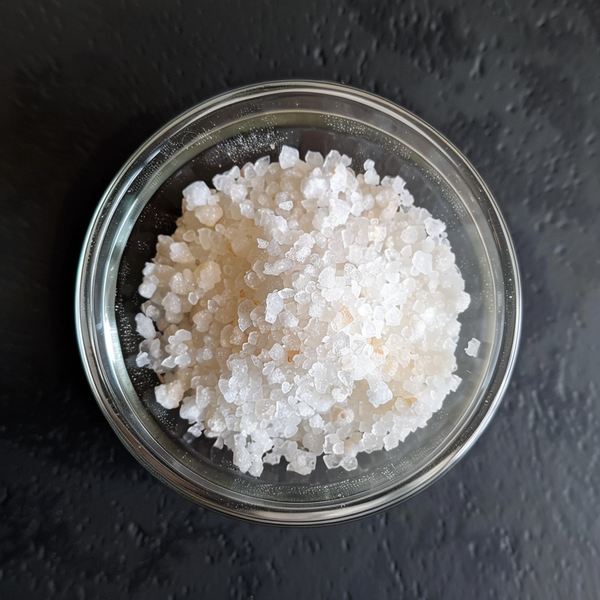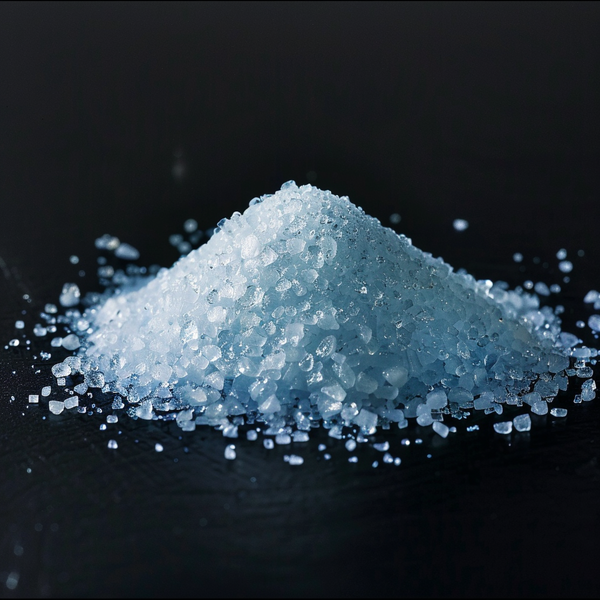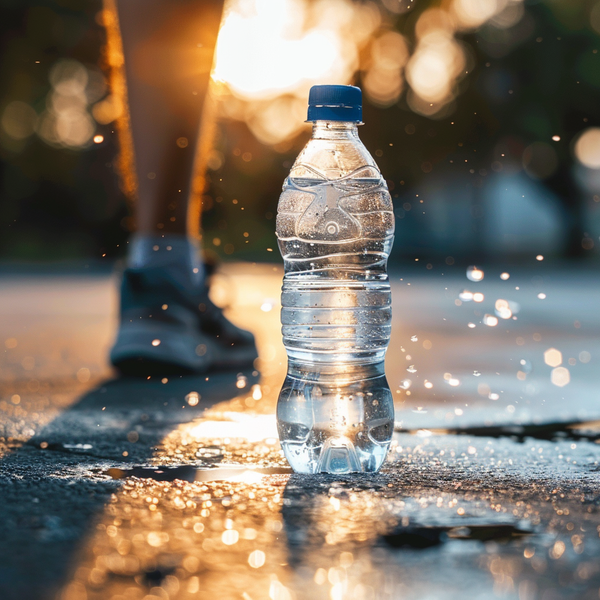
Electrolytes: The Spark of Life – Power Up with Dragon Fuel in Australia
As of March 2025, Australian athletes are gearing up for peak performance ahead of the cooler months, and electrolytes are the key to staying energized and hydrated. These vital minerals—potassium, calcium, chloride, phosphate, and bicarbonate—power everything from your heartbeat to muscle flexes. For Aussies tackling AFL, marathons, or gym sessions in our harsh climate, electrolytes paired with top sports supplements like Red Dragon Nutritionals’ Dragon Fuel EAA + Electrolytes are game-changers. Let’s dive into their functions and why they’re essential for your fitness journey in Australia.
The Electrifying Essentials
Electrolytes are charged minerals in your body’s fluids, creating solutions that regulate nerve and muscle function, hydrate you, balance blood acidity and pressure, and repair tissue. For Australian athletes, staying topped up on electrolytes is crucial—especially with Dragon Fuel, blending 950mg of electrolytes with essential amino acids (EAAs) for ultimate hydration and recovery.
Sodium (Na+)
Sodium (Na+) maintains fluid balance, drives nerve impulses, and powers muscle contractions. Teamed with potassium in the sodium-potassium pump, it’s vital for cellular health and heart function. In Australia’s sweaty March conditions, sodium loss is high—making electrolyte supplements a must for active Aussies.

Potassium (K+) and Calcium (Ca2+):
Potassium (K+) works with sodium to fuel muscle contractions and heart rhythm—crucial for AFL players and runners pounding Aussie tracks. Calcium (Ca2+) supports strong bones, muscle movement, and nerve signals. Dragon Fuel’s robust electrolyte complex delivers both, helping Australian athletes avoid cramps and perform at their best.
Chloride (Cl-) and Bicarbonate (HCO3-)
Chloride (Cl-) manages fluid movement and pH balance alongside sodium, while bicarbonate (HCO3-) keeps blood pH steady. These unsung heroes maintain homeostasis—vital during long workouts in Australia’s variable March weather. Dragon Fuel’s Himalayan Rock Salt boosts chloride naturally, keeping you balanced.

Phosphate (PO4^3-) and Magnesium (Mg2+)
Phosphate (PO4^3-) powers ATP for energy—think high-intensity sprints or gym lifts. Magnesium (Mg2+) drives over 300 reactions, including muscle relaxation and energy production. Low levels mean cramps or fatigue—common in Australia’s active population. Dragon Fuel’s 950mg electrolyte hit, with magnesium glycinate, fuels your March 2025 goals.
Electrolytes in Sports
The Role of Electrolytes in Athletic Performance
Electrolytes regulate hydration, nerve impulses, and muscle function—pivotal for Australian sports like cricket, AFL, and endurance running. Sweat drains them fast in our hot climate, risking cramps, dizziness, or hyponatremia. Dragon Fuel’s blend of EAAs and electrolytes (featuring coconut water powder and Himalayan Rock Salt) is tailored for Aussie athletes, ensuring peak performance and recovery.
When and How to Take Electrolytes
Timing depends on your workout:
- Before: Hydrate days ahead with electrolyte-rich Dragon Fuel (try Mango Passionfruit for a tropical kick).
- During: Sip Dragon Fuel every 45-60 minutes during marathons or training—its 950mg electrolytes replace what sweat steals.
-
After: Recover with Dragon Fuel’s amino-packed formula—perfect post-AFL match or gym session.
Mix one scoop with 600ml+ water and enjoy flavours like Grape Lemonade or Red Frogs. Order yours today!

How Much to Take
Sodium needs range from 500-700mg per hour of exercise, but Australia’s heat bumps that up. Dragon Fuel’s 950mg per serving covers you—customize based on sweat rate and intensity.
Practical Tips for Long-Distance Runners
- Test Dragon Fuel in training to nail your hydration plan.
- Avoid overhydration—drink to thirst with Dragon Fuel’s balanced formula.
- Pick flavors like Pineapple Juice to match your vibe.
- Recover smarter with Dragon Fuel’s gluten-free, Aussie-made blend.
best electrolyte powder

Why Dragon Fuel Stands Out Section
Why Dragon Fuel Stands Out in Australia – March 2025
Launched by Red Dragon Nutritionals, Dragon Fuel combines all 20 EAAs (via PeptoPro® and free-form aminos) with a 950mg electrolyte punch. Made in a cGMP-certified Australian facility, it’s gluten-free and perfect for our active lifestyle. Whether prepping for winter sports or maintaining summer gains, Dragon Fuel keeps Aussie athletes hydrated and strong. Grab yours now and fuel your March 2025 fitness goals!
FAQ's
Q1: What are electrolytes and why do they matter for Australian athletes?
Electrolytes like potassium and magnesium regulate hydration and muscle function. In Australia’s hot March climate, they’re critical—Dragon Fuel delivers them fast.
Q2: How do electrolyte supplements boost Aussie sports performance?
They combat sweat loss, preventing cramps and fatigue. Dragon Fuel’s 950mg electrolytes and EAAs make it the best electrolyte powder for Australian runners and gym-goers.
Q3: When should I use Dragon Fuel in Australia?
Before, during, or after workouts—its coconut water powder and Himalayan Rock Salt hydrate you naturally, anytime.
Q4: What’s the best electrolyte supplement for Australian conditions?
Dragon Fuel, with 950mg electrolytes and Aussie-made quality, tops the list. Try Blue Clouds for a refreshing boost!
Q5: Why choose Dragon Fuel in March 2025?
As autumn hits, it’s ideal for pre-winter prep—keeping you hydrated and recovered with flavours like Granny Smith.
References
- NIH -
- NIH - Hydration and cooling in elite athletes
- NIH - How too little potassium may contribute to cardiovascular disease





Leave a comment